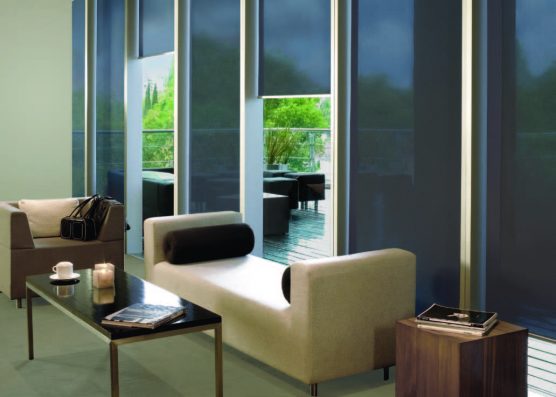Buildings that facilitate participation in outdoor activities are associated with better quality of life for residents.
Australia’s population is ageing. From 2011 to 2016, the proportion of people aged over 65 years increased from 14% (one in seven people) to 16% (one in six). What’s more, by 2040 this figure is expected to increase to 20% (one in five).
As the population ages, so too does the demand for aged care, which in Australia, comes in a variety of forms including residential care (living in nursing homes). According to the Australian Institute of Health and Welfare, 271,261 people lived in such accommodation in 2017-18.
However, as the ongoing Royal Commission into Aged Care Quality and Safety attests, the experiences of those quarter of a million-plus people were not all good. As it stands, many of these facilities do not meet community standards.
These circumstances notwithstanding, the principles of good residential aged care are well established. Apart from more obvious factors like good governance and training standards, they also include considerations like maintaining community connection, access to the outdoors and building design.
Within this context, this whitepaper focuses on specifying window coverings for residential aged care projects. It outlines what types of products are best suited to such facilities.
The Key Considerations
In Australia, all residential aged care designs must comply with AS 1428.1-2009 – Design for access and mobility. These standards cover access for people using wheelchairs, as well as those with ambulatory or sensory disabilities.
The guidelines cover luminance contrast (a measure of light reflected from one surface compared to the light reflected from another surface) This is significant because it affects the ability of sight-impaired people to clearly see objects. The guidelines state that all stairs, doorways, and toilet seats must have a luminance contrast of 30%. All window coverings must comply with this requirement.
Beyond the Australian Standard, there are several other recommendations for windows and associated coverings. Specifiers should ensure that daylight reaches the center of buildings; and that windows are fitted with controllable shade systems that, depending on climate and season can allow in (or shut out) direct sunlight.
In other words, best practice requires high quality window coverings that can be adjusted by residents with sensory and ambulatory challenges and can be relied upon to control sunlight where needed.
Connection to the Outdoors
In the residential aged care context, buildings that facilitate participation in outdoor activities are associated with better quality of life for residents. The list of benefits includes a reduction in agitation and aggression, improved memory and independence, the opportunity for solitude (or to socialize), a connection with nature, the opportunity for physical exercise, improved vitamin D intake and an increased feeling of freedom.
Windows and window coverings have an important role to play here. If designed well, they can effectively ‘bring the outside in’; and allow people in nursing homes to see what is going on outside and encourage them to venture out for a look.
Thus, the Victorian Government recommends that specifiers should promote “interaction between indoor and outdoor spaces” ensure that dining areas and bedrooms all have views to gardens or other outside spaces; and
incorporate low windows to increase natural light and visual access to the exterior.
As such, they should use window coverings that not only enhance views to the exterior by reducing excessively bright light, UV light and glare but can be easily operated by people with accessibility challenges.
Maintenance, Longevity and Cost
In 2017-18, the Australian Government invested over $12 billion in residential aged care alone and residents who choose such accommodation pay up $27,754 a year (and a maximum of $66,610 a lifetime) to do so.
When designing such buildings, cost (and taking the opportunities to minimize it) are important. Money can best be spent on building products which can passively create a return on investment without negatively impacting aged care residents. Performance window coverings provide value and offer annual operational cost savings for the life of the project. This can free up funds to be spent on improving staff numbers or adding new community programs for residents.
Regardless of their material or type, specifiers should consider only products that are reasonably-priced, easy to maintain and clean, and deliver a long working life. In a world of finite resources, it is important to specify quality products that not only do the job they are intended to do well, but also in a cost-effective manner.
And they should consider the potential for these products to deliver cost savings in other areas, such as the cost of heating and cooling. Given that 30% of heating energy is lost through windows and 76% of sunlight that falls on standard double-pane windows enters to become heat, the potential is for savings is significant. Good window coverings more than pay for themselves.
Conclusion
The key considerations, therefore, include accessibility, light and heat control, and view through.
Whether specifying shutters, external blinds, pleated blinds, roller blinds, Roman blinds, Panel blinds or any other types of solar control solutions, it is important to ensure that the products chosen can be operated by elderly residents with accessibility challenges, specific requirements in terms of light and heat, and a need to remain connected to the outside world.
And it is important to choose products that are not only easy to maintain, but will provide a long, reliable working life.
Click here to view the full white paper document.

